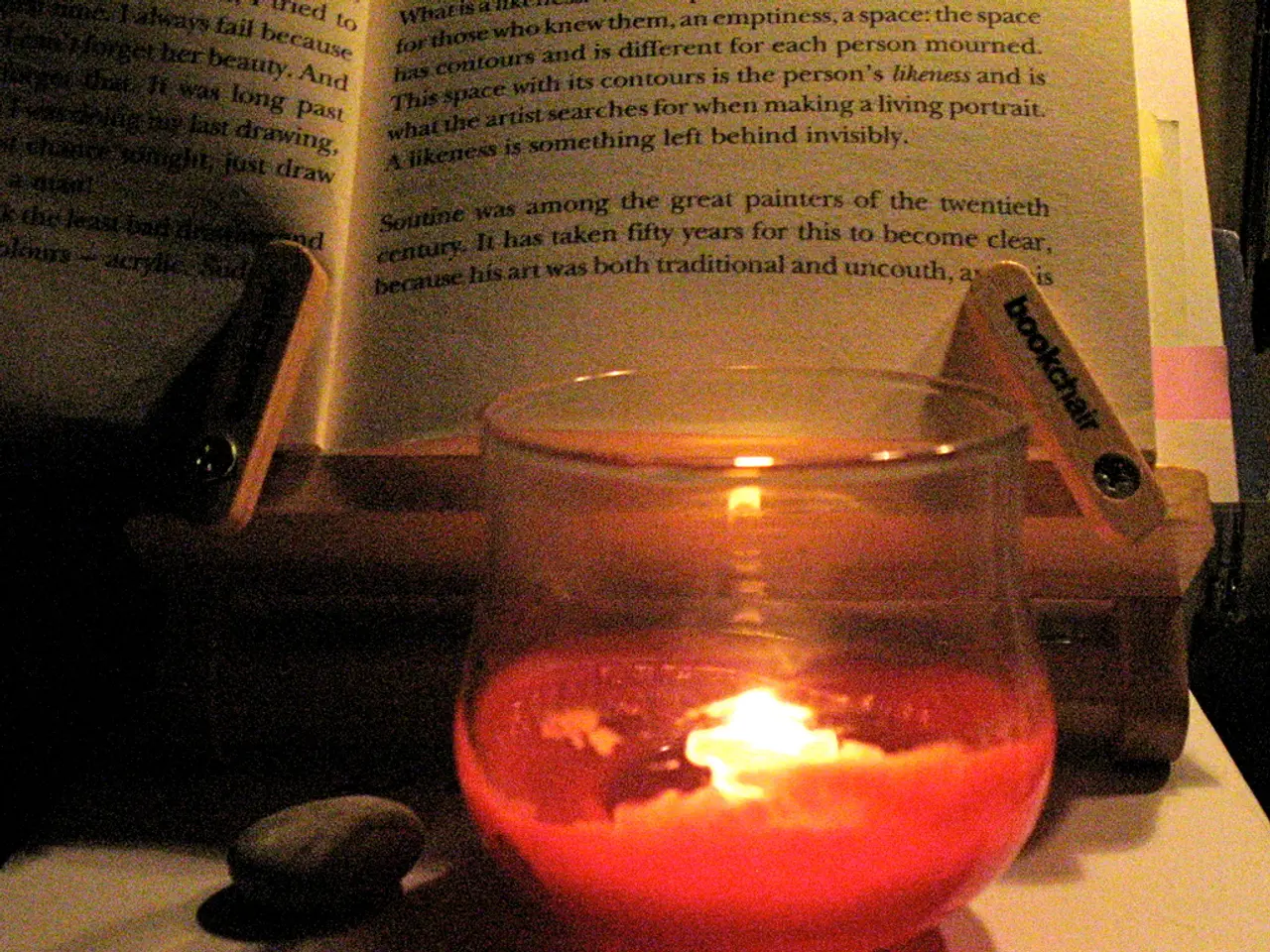Mysterious Stone Structures of the Outer Hebrides: The Callanish Megaliths
The Callanish Stones, nestled on the Isle of Lewis in the Outer Hebrides of Scotland, are a mesmerising testament to the Neolithic period. Built around 2900 to 2600 BCE, these ancient megaliths predate Stonehenge by about 500 years and are part of the global collection of such monuments[1].
The purpose of the Callanish Stones remains a fascinating mystery, but it is widely believed they served ritualistic or ceremonial functions, particularly marking significant seasonal events such as midwinter or other solar and lunar cycles[1][3][4]. They may have been a focal point for seasonal gatherings and rituals, forming a wider ritual landscape often compared to a "Neolithic cathedral"[5].
Originally, the Callanish Stones started as a stone circle enclosing a tall central stone, potentially marking the midday midwinter sun[3]. Later modifications include a timber structure and a chambered burial cairn built within the circle, along with pottery deposits and burials dated around 2150 to 1750 BCE, indicating evolving ritual use during the Bronze Age[3][4].
Specific reasons for its abandonment are not explicitly detailed in the sources, but like many prehistoric monuments, its use likely declined as cultural and religious practices evolved over millennia and societies changed. The last known burial near the cairn dates to about 1750 BCE, after which activity appears to have ceased or diminished[3].
The Callanish Stones, today, can often be visited without anyone else in sight, offering an intimate and less crowded experience compared to more touristy sites like Stonehenge[6]. They are not roped off, and the serene atmosphere adds to their mystique. An information centre and gift shop are available for visitors who seek more information about these ancient wonders.
A legend tells of a mysterious figure, "the shining one," that roams the stone avenues at midsummer dawn, adding an air of mystique to these ancient stones[7]. The true purpose of the Callanish Stones and the rituals performed around them remain unknown, but their enduring allure continues to captivate the imagination of those who seek the mysteries of the past.
[1] http://www.britannica.com/topic/Callanish-Stones [2] http://www.historic-scotland.gov.uk/dwfod/callanish/ [3] http://www.britishmuseum.org/explore/highlights/highlight_objects/pe_mal/p/prehistoric_and_roman_britain/callanish_stones.aspx [4] http://www.bbc.co.uk/history/ancient/britain/neolithic_01.shtml [5] http://www.bbc.co.uk/history/ancient/britain/callanish_01.shtml [6] http://www.visitscotland.com/info/see-do/callanish-stones-p082021 [7] http://www.visitscotland.com/info/see-do/callanish-stones-p082021
The Callanish Stones, with their serene atmosphere and less crowded environment, offer a unique home-and-garden escape for those seeking a peaceful retreat, much like the experience one might find in their personal garden. After exploring the Callanish Stones, one could further enhance their lifestyle by embarking on travel to other home-and-garden destinations such as the picturesque home-and-garden towns of Provence in France or the classical home-and-garden structures of Rome, Italy.





